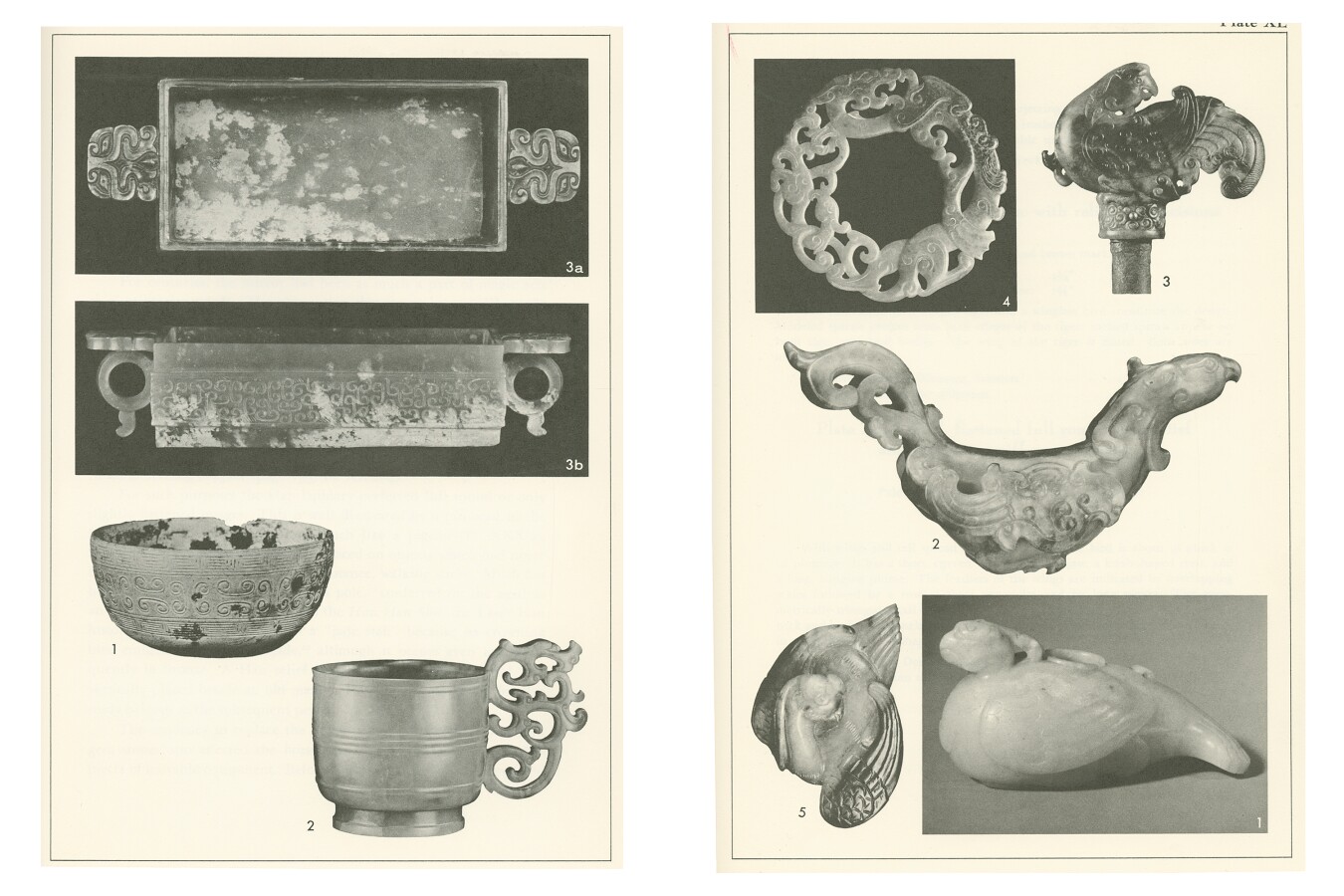T here are a handful of names in the world of Chinese art that are inextricably associated with works of exceptional quality. Stephen Junkunc, III is amongst these luminaries. The name itself is instantly evocative of a period during which some of the greatest Chinese treasures came to America. The Junkunc name today serves as one of the most important, and indeed desirable, provenances for Chinese art. Formed in America in the mid-20th century by Stephen Junkunc, III (d. 1978), the Junkunc Collection at its height numbered over 2,000 examples of exceptional Chinese porcelain, jade, bronzes, paintings and Buddhist sculptures; serving as a testament to a period of unprecedented wealth of Chinese material available in the West, as well as to an astounding intellectual curiosity and the means with which to buy internationally from the leading dealers in the field.
“Dear Mr. Junkunc: It was indeed nice to hear from you again after such a long interval, and I only wish I were able to supply you with even a few of the particular pieces you are asking for…”

By the early 1950s, Junkunc had amassed an impressive collection of Chinese works of art which by then was largely securely stored in the museum-like environs of a subterranean bomb shelter in the grounds of his home in Oak Park, Illinois. In a 1952 profile in the Chicago Tribune, the bunker is described as storing a ‘priceless hoard’, with ‘shelves weighted with priceless pieces of Chinese art, prizes produced thru a span of centuries. A record of a nation in tapestry, bronze, jade, pottery, robes, and lacquer'.
“Junkunc sits spider-like in the center of a web of agents scattered thruout the world. His escapades in procuring some objects have called for the suavity of a diplomat, the daring of an international spy, and the speed of a distance runner. Cloaked in intrigue and secrecy, and spiced by competition, collecting oriental art is no role of a Milquetoast.”

Stephen Junkunc, III opened his collections to leading scholars at the time. Alfred Salmony (1890-1958), Professor at the Institute of Fine Arts, New York University since 1938, was one of the leading international authorities on the subject of early Chinese jades at the time, having published Carved Jade of Ancient China in 1938. He was planning a two-volume history of Chinese jade, to be entitled Chinese Jades of All Periods, when he visited Junkunc in February 1950 to examine his collection of early Chinese jades. This meeting forged a strong friendship between the two men, who shared a passion for the material and a desire to formulate a chronology for post-archaic jades, a subject little understood at the time. For over eight years, Junkunc and the English collector Desmond Gure (1905–1970) supported Salmony in the research and preparation of this book. Tragically, Salmony died at sea whilst travelling to London on April 29th 1958, before the work was finished. The first half of his book was published posthumously in 1963 and entitled Chinese Jade Through the Wei Dynasty, illustrating a number of works from both Junkunc and Gure’s collections.
“Dear Professor Salmony: … let me assure you that the pleasure of your visit was all mine. As you know it is a great enjoyment to discuss and study these things with someone who speaks the same language on jades and especially so in this difficult and unexplored field of which there is nothing authoritative written to be guided by.”

Throughout his lifetime, Stephen Junkunc, III worked closely with and actively supported the curators at American museums. He retained a particularly long-standing relationship with the Art Institute of Chicago (AIC), repeatedly loaning works from his collection to exhibitions through the 1940s-60s. Works from the Junkunc Collection were also loaned to the seminal Ming Blue and White exhibition at The Art Institute of Chicago, which traveled to the Philadelphia Museum of Art in 1949, and to the Arts of the T’ang exhibition of 1956, at the Los Angeles Museum of History, Science and Art, including lot 223 in this sale. Junkunc’s generosity towards American museums also extended towards bequests, with gifts from his collection now housed in the Milwaukee Public Museum, Wisconsin, and the Lowe Art Museum, University of Miami, Florida, near his Coral Gables summer home.
